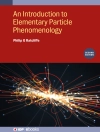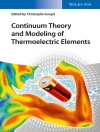The fundamental properties of deep luminescence centres in Si associated with transition metals such as Cu, Ag, Au, and Pt have been a focus of interest for decades, both as markers for these deleterious contaminants, and also in the quest for efficient Si-based light emission.
This dissertation presents the results of ultra-high resolution photoluminescence studies of these centres in specially prepared, highly enriched 28-Si samples. The greatly improved spectral resolution due to this enrichment led to the discovery of isotopic fingerprints. These fingerprints have revealed that the detailed constituents of all of the centres previously studied had been identified incorrectly. They also revealed the existence of several different families of impurity complexes containing either four or five atoms chosen from Li, Cu, Ag, Au, and Pt. These centres’ constituents have been determined, together with no-phonon transition energies, no-phonon isotope shifts, local vibrational mode energies, and the isotope shifts of the local vibrational mode energies. The data presented here for these centres should prove useful for the currently sought theoretical explanations of their formation, stability, and properties.
Jadual kandungan
Introduction and Background.- History of the Observed Centres in Silicon.- Experimental Method.- Results.- Discussion and Conclusion.
Mengenai Pengarang
Department of Physics
Simon Fraser University
Burnaby, BC V5A 1S6
Canada












